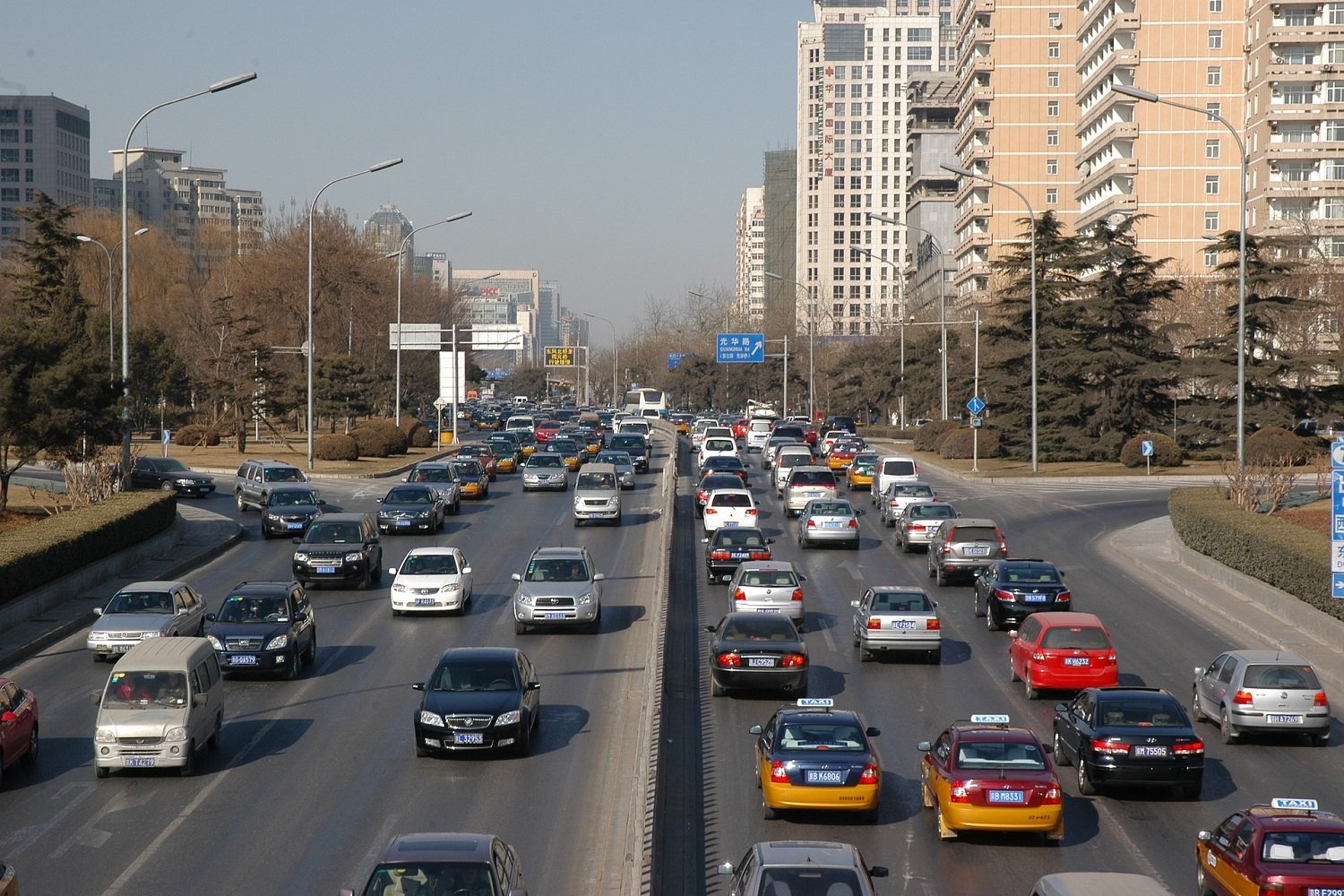Cars have become an integral part of modern life for many people, providing convenient personal transportation. However, they also come with many downsides when it comes to the environment. From greenhouse gas emissions to toxic battery waste, cars impose massive costs on ecosystems and human health. Understanding these impacts is key for policymakers aiming to balance mobility needs with sustainability.
The Air Pollution Epidemic from Car Emissions
On the road, cars release a toxic cocktail of gases and particles that wreak havoc on the atmosphere. A typical passenger vehicle emits around 4.6 metric tons of carbon dioxide per year from its tailpipe. This greenhouse gas traps heat and drives climate change by raising temperatures globally. In fact, transportation accounts for around 29% of total US greenhouse gas emissions, with over half coming just from passenger cars and light-duty trucks.
Beyond carbon dioxide, cars also produce nitrogen oxides, volatile organic compounds, carbon monoxide and particulate matter. These pollutants contribute to smog formation, acid rain and health issues like cardiovascular disease and asthma. Diesel vehicles tend to be the worst offenders for air pollution per mile driven. Their high particulate matter emissions may cause over 10,000 premature deaths annually in the US alone, according to one estimate.
The Toll of Gasoline Production and Oil Extraction
The environmental harm from cars starts even before they hit the roads. Extracting crude oil from wells and refining it into gasoline leads to habitat destruction, biodiversity threats, water pollution and more. Oil drilling infringes on natural areas in the Arctic National Wildlife Refuge and Gulf of Mexico. It also drives deforestation of Alberta’s boreal forest to access tar sands oil. Refineries dump toxic chemicals and leave behind mountains of oily residue too, despoiling landscapes.

Most car pollution is invisible. If it wasn’t, we wouldn’t be able to see anything outside.
In total, the production and distribution of gasoline for American cars leads to over 60 million tons of carbon dioxide equivalents in emissions per year. It also uses up scarce freshwater supplies to power drilling operations and refine oil. As the easiest oil reserves diminish over time, extraction is moving into the more remote wilderness and endangering delicate ecosystems in its wake.
Cars Encourage Urban Sprawl and Pave Over Green Space
The march of car-centric infrastructure also paves over natural habitats, leading to biodiversity declines. To accommodate commuting by car, cities sprawl outward rather than building up. For instance, a study by researchers at UC Berkeley found that almost half the increase in urban land use across the US between 1990-2015 could be attributed to horizontal growth at the edges of metro areas.
Parking lots and wide roads also force cities to lay down more asphalt and concrete instead of green space. The US has an estimated 800 million parking spaces nationwide covering an area bigger than Rhode Island and Delaware combined. The impermeable surfaces contribute to the urban heat island effect and disrupt natural drainage patterns during rainstorms.
Toxic Battery Waste Poses Environmental Risks
While electric cars produce fewer tailpipe emissions, the manufacturing and disposal process for their heavy battery packs brings about contamination issues. Mining raw materials like lithium, cobalt and nickel affects habitats due to factors like water consumption around mines. There are also labor and human rights concerns, especially around cobalt mining in conflict zones like the Congo.
Once depleted, EV batteries pose risks when dumped irresponsibly into landfills. They contain toxic metals and chemicals that could leach out as hazardous waste. Though some companies like Nissan and Toyota have recycling programs, there is still a long way to go towards responsibly reclaiming the millions of lithium-ion batteries headed for waste disposal in the coming years.
The Path Forward for Cleaner Transportation
With private car ownership exploding globally, the environmental impacts highlighted here present massive challenges for the decades ahead. However several promising interventions could stem the damage in more sustainable directions. Governments can invest in public and active transit to give greener mobility choices. City planners can adopt smart growth policies that foster dense, walkable neighborhoods less dependent on driving.
Battery recycling and green vehicle subsidies will also smooth the transition towards a cleaner transportation sector powered by renewable electricity instead of gasoline. Still, reducing the excessive use of private cars in the first place is critical so their environmental burden does not overwhelm communities across the planet in the future.
The Conclusion for Car Pollution
Cars revolutionized personal mobility for many around the world. But the environmental damages from extracting fuel, manufacturing vehicles and accommodating car infrastructure has reached crisis levels that endanger humanity. As the global fleet expands, policymakers need robust responses that curb emissions and shift travel behavior towards more sustainable options instead of gasoline-powered cars polluting the atmosphere. Building livable cities designed for public transit and active mobility can also return space once dedicated to cars back to natural habitats and green space. With smart planning and technological advances, personal mobility does not have to be so destructive, protecting the planet for future generations.
